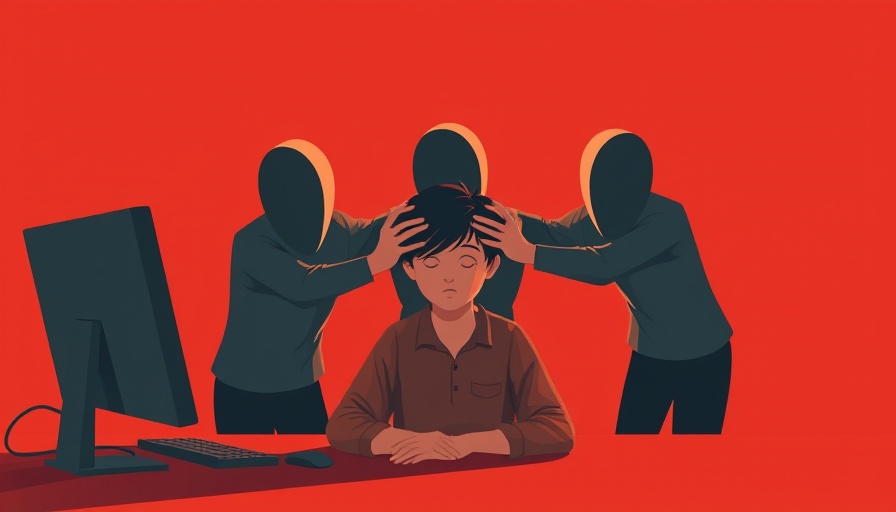
Understanding the Silent Struggle: Signs Your Child May Be Bullied
Bullying in schools is an alarming issue that affects thousands of children every day. Recent studies reveal that an overwhelming majority of children do not voice their experiences to adults, making it crucial for parents to be attuned to the subtle signs of bullying. Recognizing these early indicators can lead to timely intervention and support. Below, we explore the key signs of bullying that every parent should know.
1. Reluctance to Attend School
It’s normal for children to occasionally feel wary about going to school, especially on Monday mornings, but a consistent pattern of reluctance can hint at deeper issues. If your child expresses symptoms of anxiety, frequently complains about feeling sick, or has a strong aversion to school, it may signal that something distressing is occurring. It’s crucial to explore these feelings, fostering an environment of open communication to address their fears.
2. Shift in Behavior and Temperament
Observe your child’s behavior. A noticeable withdrawal from family activities or social interactions, especially if they were once eager to engage, could indicate they are experiencing bullying. Alternatively, if they exhibit sudden aggression or defiance, it may be their way of coping with frustration. Understanding these behavioral changes allows you to step in before the issue escalates.
3. Unexplained Physical Injuries
Children are naturally curious and active, but if your child often comes home with cuts, bruises, or scratches and cannot explain them, parents must take this seriously. Frequent injuries along with hesitance to talk about them could signify bullying. In such instances, it’s important to connect with your child and gently encourage them to share any experiences that may have led to these injuries.
4. Missing Belongings and Damaged Property
If you notice that your child is losing personal items—like books, toys, or clothing—or returning from school with damaged belongings, it could be a sign that they are being targeted. This behavior often links back to bullying, as victims may face theft or vandalism at the hands of their aggressors. Engage your child in conversations about their school experiences to better understand what’s happening.
The Role of Parents in Recognizing and Addressing Bullying
Creating an environment where children feel safe to express their feelings is the first step parents can take. Numerous studies affirm that many kids remain silent about their experiences, often fearing reprisal or disbelieving adults. As such, establishing trust with your child is paramount. Consider normalizing conversations about their day, asking open-ended questions that encourage children to express their feelings without fear of judgment.
Empowering Action: Effective Responses to Bullying
When suspicions of bullying arise, it’s essential to address the matter proactively. Collaborate with teachers and school officials to ensure your child feels safe in their environment. Consider involving school counselors who can provide additional support and resources. Moreover, teaching your child self-advocacy skills can empower them to address their situation, reinforcing their ability to communicate effectively with adults and peers.
Conclusion: Prioritize Vigilance and Compassion
In conclusion, being aware of the signs of bullying can be a life-changing factor for many children. The psychological impact of bullying can be long-lasting, affecting emotional wellbeing, academic performance, and even social relationships. As a responsible parent, advocating for your child’s wellbeing outside the home is just as critical as fostering a supportive atmosphere within. If these signs resonate with your experiences, take immediate action to protect your child’s emotional health and social environment.
Please consider taking this knowledge to heart; the path to prevention often begins with proactive communication and nurturing. Encourage other parents in your community to become aware of these signs as well, fostering a network of support against bullying.
 Add Row
Add Row  Add
Add 




Write A Comment